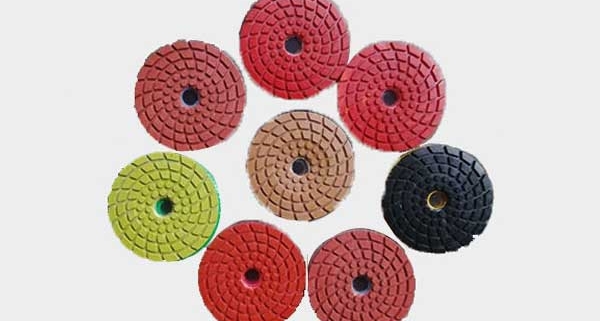Resin polishing pads are generally classified into ordinary resin grinding discs and super hard resin grinding wheels according to abrasive materials. Ordinary resin grinding wheel is a grinding wheel with white fused alumina, brown fused alumina and silicon carbide as the main grinding components. The super-hard resin grinding wheel is a grinding wheel with diamond or CBN as the main grinding part.
The polishing wheel must be carefully inspected and identified before installation. The steps to check the authentication are as follows:
1. Check that the slope of the grinding wheel is correct and that it meets the performance, shape and dimensions of all selected grinding wheels.
2. Check and determine the appearance of the grinding wheel. Look at the wheel for damage (or cracks) with your eyes. Do not use a grinding wheel that is damaged (or cracked). In addition, the ends of the grinding wheel are required to be flat and must be free of significant skew.
3. Check and identify the internal cracks in the grinding wheel. Use a hand-held grinding wheel and hit the wheel with a wooden hammer to hear the sound. The broken wheel made a crisp sound, and the broken wheel was hoarse and unusable.
Resin polishing pad cleaning method
In the production process, diamond wheels are used to polish the belt. Typically, the grinding wheel is removed for cleaning after 5-7 days of operation. (The above rubber crumb is polished and adhered to the surface of corundum after high temperature friction, which is difficult to clean)
Now we soak it in acetone for 2 hours and then clean it with an imported cleaner. The effect is very good, but it is not environmentally friendly and does not save energy.
Resin polishing pad cleaning requirements
1, to be environmentally friendly, does not contain ketones, can not be halogenated hydrocarbons.
2, can not damage the diamond wheel




